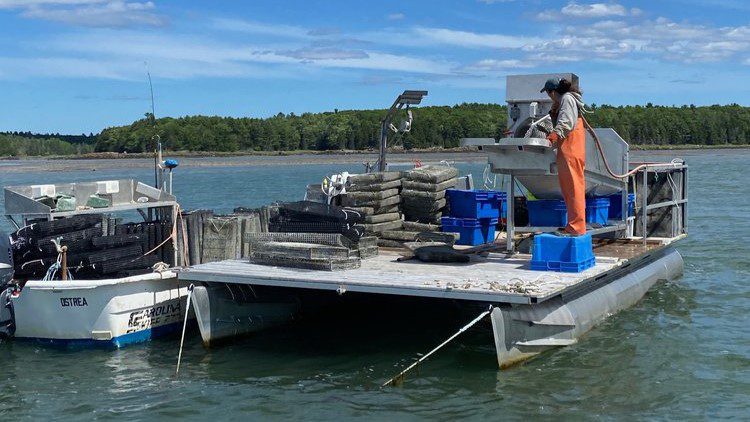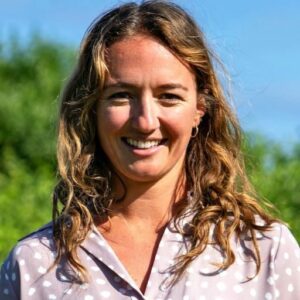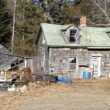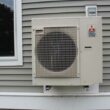As part of her work as a 2021 Switzer fellow, Natalie Lord has launched the website, A Rising Tide?, highlighting women’s experiences as oyster producers.
The project is billed by its sponsors as the first case study to analyze gender in Maine and New Hampshire’s aquaculture industry through visual storytelling. Its goal is to share the photographic and narrative data the research participants collected on their experiences owning and operating an oyster farm in Maine and New Hampshire.
The Maine Monitor has partnered with Lord (who was advised by Dr. Catherine Ashcraft), the Robert and Patricia Switzer Foundation and the New Hampshire Sea Grant to republish the series that showcases the stories of four women oyster farmers and why it’s important to study women in aquaculture. The narrative below is written in the first person by Joanna Fogg.
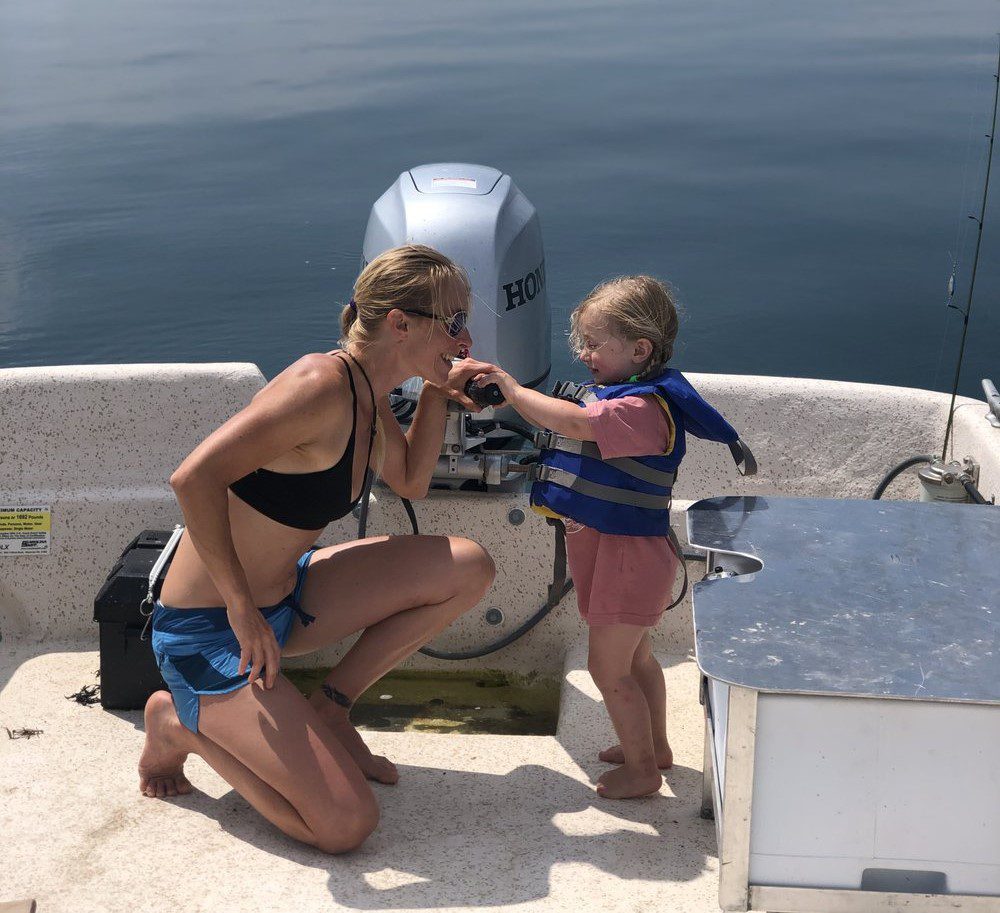
I have spent a great deal of my lifetime near the water. I’ve always been drawn to the ocean. Growing up we had a 14-foot aluminum dinghy that my father treated like a yacht.
Despite the amount of time I spent in it I never learned how to steer. Perhaps it was because I preferred to sit in the bow and watch the waves getting pulled beneath us while sucking on the salty straps of my lifejacket.
Perhaps it was because I was the baby in the family. Or maybe I wonder, as I picture my dad handing the tiller to my brother, it’s because I’m a girl.
I didn’t start to learn how to drive boats until I was 19. At that point I was determined but I was also far behind my male counterparts and self-conscious. Because I was often the only female on the waterfront I felt the weight of representing all women.
This is a barrier I want to break for my daughter. I want her to know that her hand is welcome on the tiller — that it is natural for a woman to be at the helm.
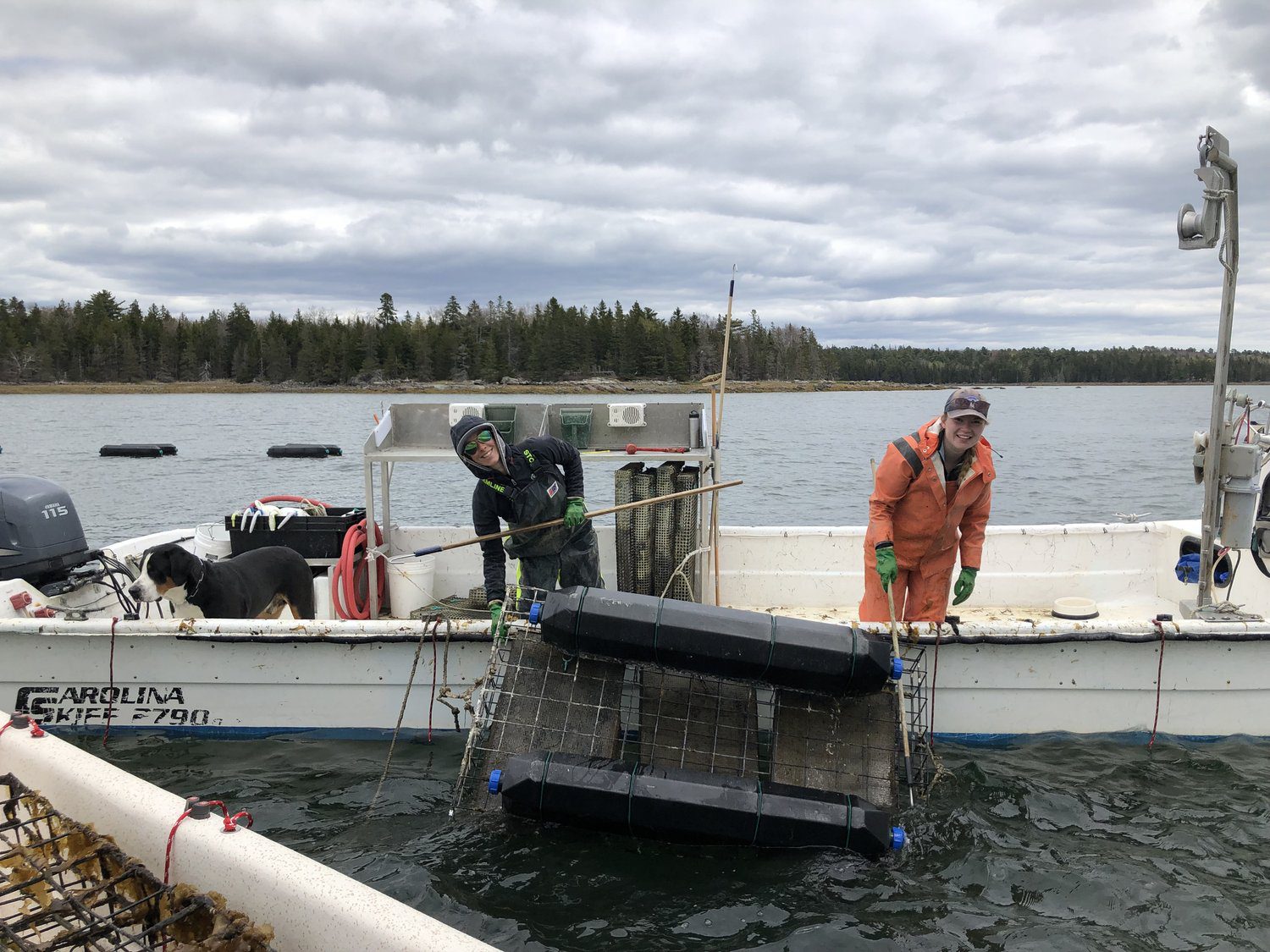
Sea farming is physically demanding work. The limits of my small frame can be very evident in the course of day on the water.
Finding innovative ways to maneuver and learning to work collaboratively is a big part of our daily life.
I have found working with women particularly rewarding because we have an aptitude for finding unconventional ways to get things done and we expect to help each other by towing the same line, pulling the same cage
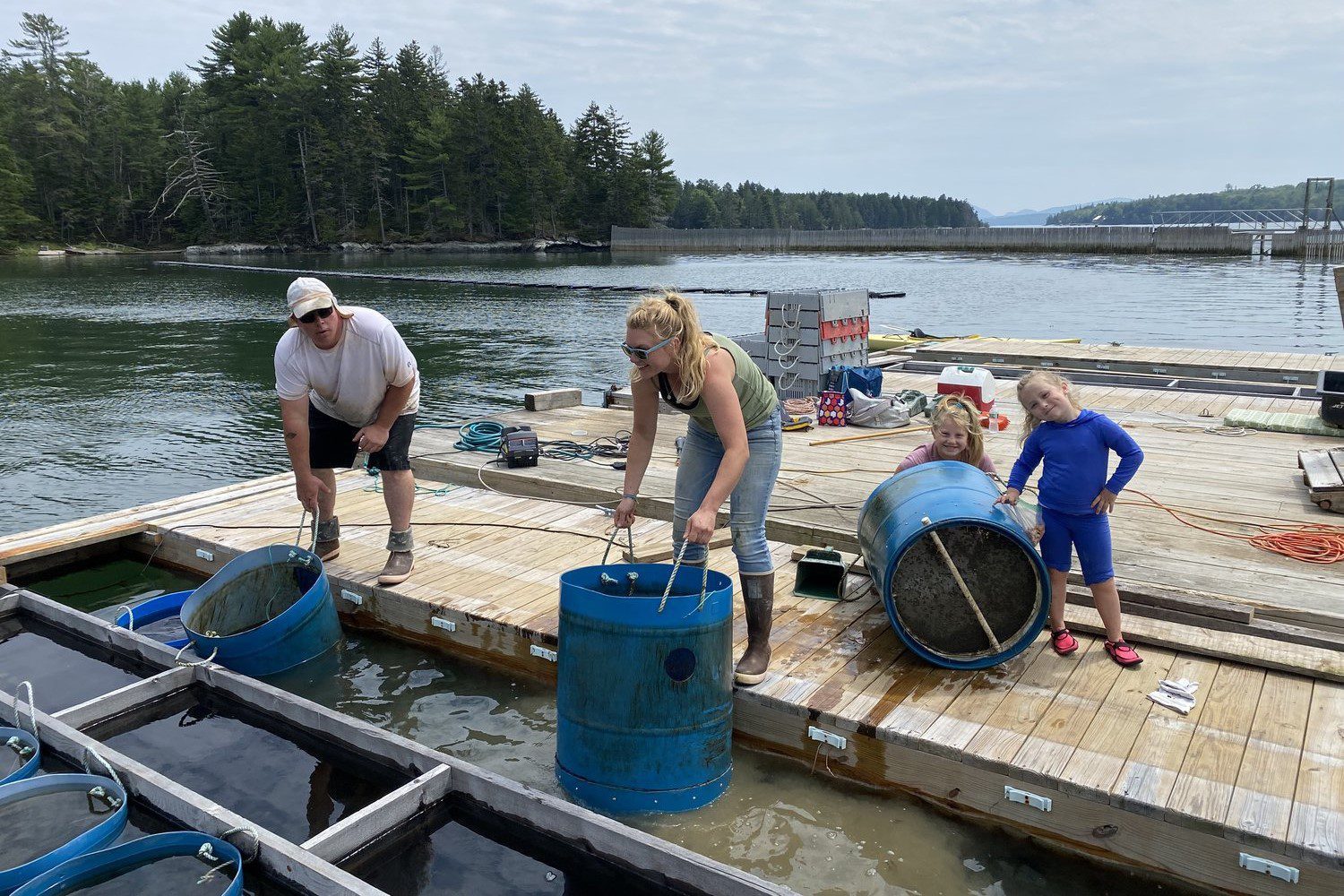
The summer I was 17 I got my first job as a sternman on a lobster boat. I would show up at the dock in the darkness before sunrise and be the only female getting out to work.
Sometimes there were lewd comments and gestures. It could be an intimidating space for a young woman.
Now I go out of my way to flood our docks and boats with women. I find jobs for even the smallest girls in my family so that the waterfront not only becomes a place where we feel safe and welcome, but also our own.
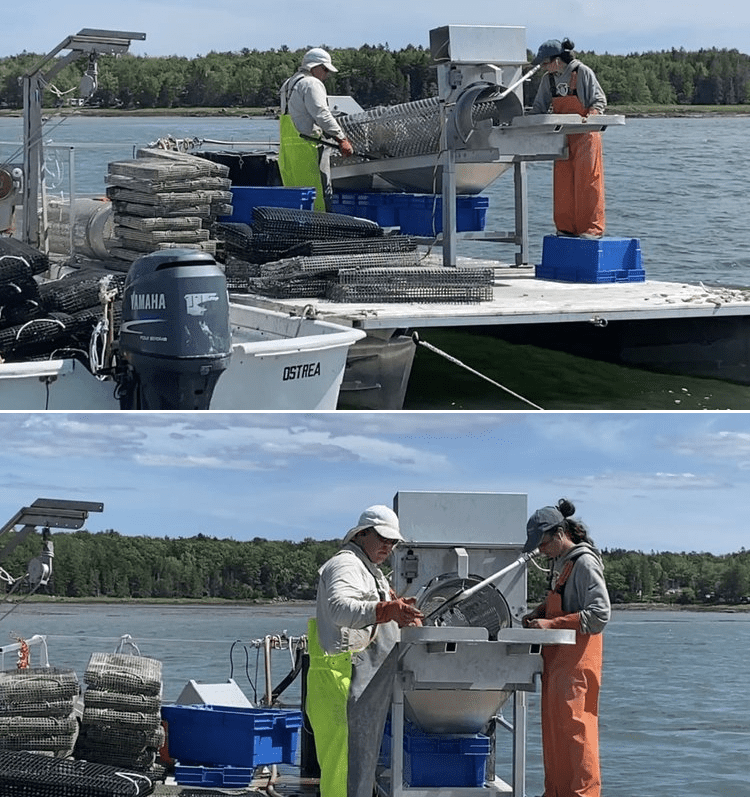
Most boats and equipment have not been designed or built for us. It is hard to work at a table that requires you to have your hands above your shoulders all day.
It’s hard to stand out by being the only one that doesn’t fit. These are things we are working to change.
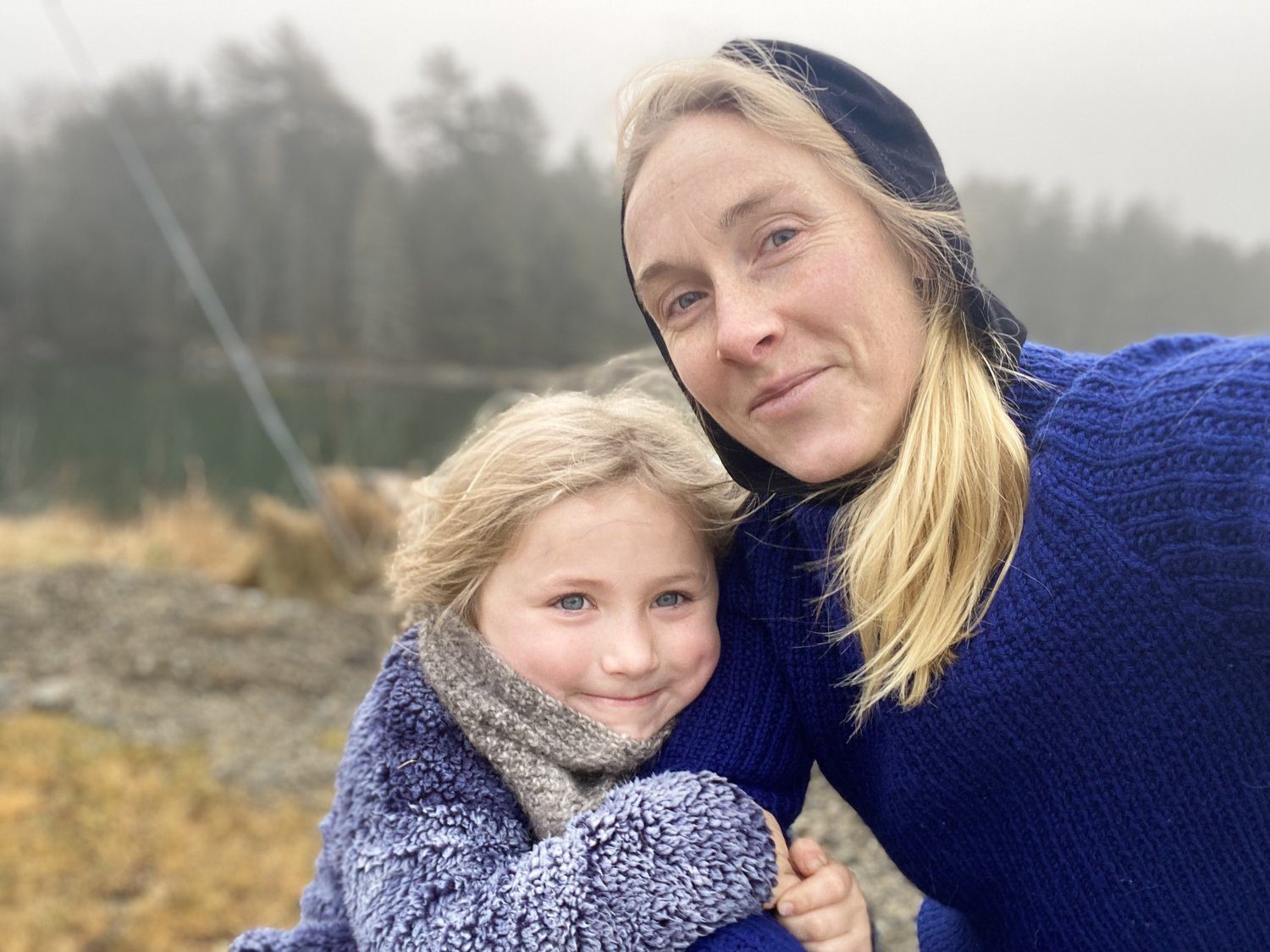
I woke my daughter early one winter morning to go harvest at high water. I packed her a breakfast burrito and put her warm gear on top of her pajamas.
After helping me for a while on the floats she got chilly and went to play in the truck. She took off her winter coat and hat and mittens and messed about for a bit before she came back to see if I was nearly done.
After several trips of lugging the heavy harvest up the icy ramp I went to open the truck and realized we were locked out.
I had been thinking a great deal about this Photovoice project and barriers that women face. The metaphor of being locked out of my own truck in the middle of nowhere, with a child, stung like the seawater on my hands.
There was no spare key. She didn’t even have her hat. The closest house was over a mile away.
After a few expletives and a kick at a snow bank I became very aware of what my four-year-old would learn in this moment. I decided I did not want this to be a lesson in blame, anger, or fear.
I bent down and gave her a hug. We took this picture (above) and then proceeded to figure it out.

